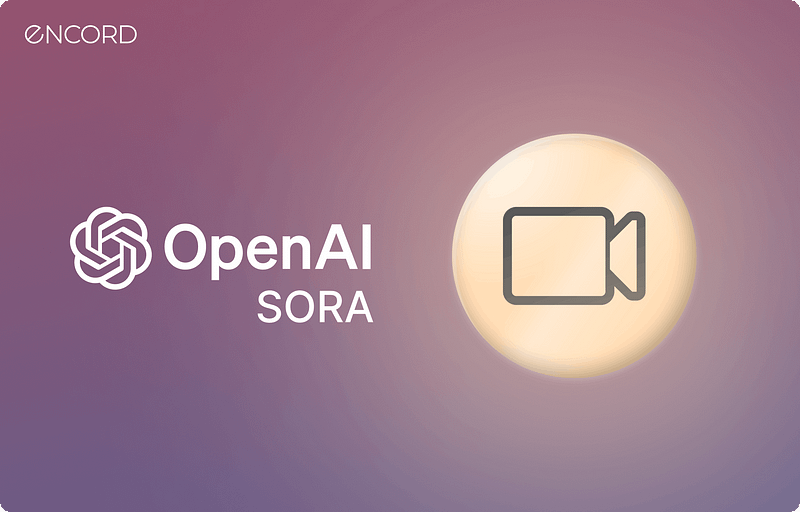
In the ever-evolving landscape of artificial intelligence, OpenAI continues to push boundaries with its latest revelation — Sora, an advanced AI video generator. This text-to-video model has garnered attention for its ability to produce astonishingly realistic videos, blurring the line between fiction and reality. Let’s delve into the details surrounding Sora and its anticipated release.
What Is Sora?
Sora, developed by the creators of ChatGPT at OpenAI, is a text-to-video AI model. This innovative technology transforms textual prompts into visually stunning video clips. The recent batch of releases showcases Sora’s prowess in generating complex scenes, incorporating multiple characters, specific motions, and intricate details of subjects and backgrounds. The AI model not only comprehends user prompts but also interprets how these elements exist in the physical world.
Access to Sora
Currently undergoing rigorous testing by security researchers to ensure safety and security, Sora has been selectively shared with a small group of visual artists, filmmakers, and designers. Despite the lack of specific details, signals on the OpenAI forum hint at a potential waiting list for future access. Unfortunately, the timeline for public availability remains uncertain.
When Will Sora Be Available?
As of now, OpenAI has not disclosed a release date for Sora. The viral content circulating the internet stems from an announcement blog post, providing little insight into when this groundbreaking technology will be accessible to the general public. OpenAI acknowledges the early sharing of its research but refrains from committing to a launch date.
Safety Measures and Progress
OpenAI emphasizes its commitment to safety before Sora’s public release. Red teamers, experts in areas like misinformation and bias, are actively testing the model to identify critical risks. Additionally, OpenAI is developing an AI video detection classifier to differentiate videos produced by Sora from others. These precautionary measures echo the responsible approach taken with ChatGPT’s release.
Exploring Sora’s Potential Impact
As we eagerly await Sora’s public debut, the implications of this text-to-video model are profound. Beyond its mesmerizing capabilities, the technology raises questions about the ethical use of lifelike videos, especially in contexts like elections. OpenAI’s commitment to safety testing and collaboration with domain experts underscores the responsibility associated with such groundbreaking advancements.
Unveiling Sora’s Unique Features
Sora’s unique features go beyond traditional video generation. The model can create scenes with multiple characters, intricate motions, and realistic details, setting it apart in the AI video generation landscape. The fusion of transformer architecture and elements from DALLE-3 enhances Sora’s versatility in processing visual data, making it a potential game-changer in the industry.
The Sora Community Buzz
The unveiling of Sora has sparked discussions within the AI community, with visual artists, filmmakers, and designers eagerly anticipating access. The potential waiting list suggests a growing interest in harnessing Sora’s creative potential. As this community of early users explores the tool, we can anticipate a wave of innovative content and applications.
Sora’s Journey from Text to Video
Sora’s journey from text to video involves a diffusion model that starts with static noise, gradually transforming it through a series of steps. This process aligns with the transformer architecture, a neural network design that has proven successful in OpenAI’s previous models. By unifying data representation, Sora demonstrates the capacity to handle diverse visual data, paving the way for creative possibilities.
Understanding Sora’s Mechanism
Sora operates as a diffusion model with transformer architecture, similar to the GPT language models. Starting with a video resembling static noise, Sora gradually transforms it through multiple steps, removing noise to generate the final output. Leveraging the transformer architecture and incorporating elements from DALLE-3, Sora can process a diverse range of visual data, spanning different durations, resolutions, and aspect ratios.
Conclusion
In conclusion, Sora by OpenAI emerges as a revolutionary force in the realm of AI video generation. While details about its public release remain scarce, the technology’s potential impact on content creation, storytelling, and visual arts is undeniable. As we eagerly await further developments, the industry is poised for a transformative era in AI-driven video synthesis.
Stay tuned for the latest updates on Sora’s journey — a groundbreaking innovation reshaping the future of AI-generated content.